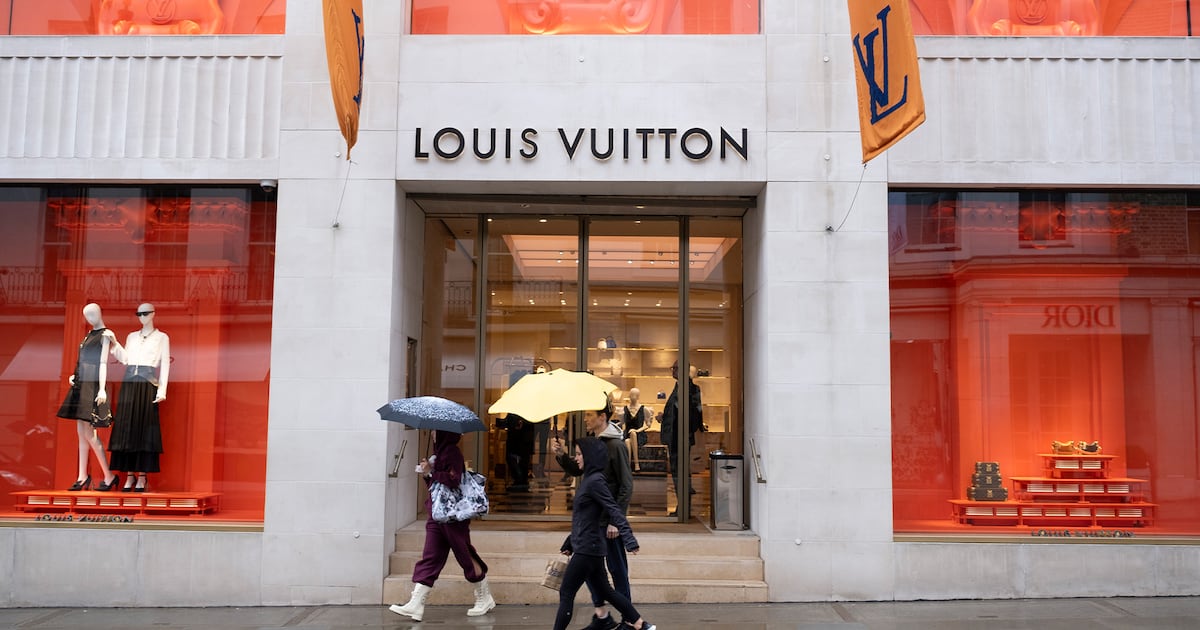
Luxury sales are going through a rough patch. Itâs tempting to think that something is broken with the sectorâs price-value equation. But I have seen slowdowns more than a few times over the past 25 years, and from where I sit, my thesis is that what we are currently seeing is primarily a macroeconomic issue, with luxury fundamentals largely intact. This is not to say that some players donât have homework to do â even big fish like LVMH. Equally, this is not to say that in the past ten years luxury hasnât changed, with a significantly stronger focus on the super rich and price hikes to match. Yet, in my opinion, luxuryâs current woes are mostly coming from a global cyclical slowdown, exacerbated by structural difficulties in China.
The efforts of central banks are producing the desired effect: cooling down consumer demand. This is obvious when we look at recent revenue growth performance across all consumer sectors, both discretionary and staples. Luxury is no exception. Western demand is moderating, and this is only partially offset by a rebound of Chinese luxury demand out of âzero-Covid,â given low consumer confidence triggered by a falling real estate market. And as usual, the slowdown is starting from the bottom of the social pyramid, with high-end consumers still in spending mode.
The question is: what comes next? A continued slowdown or the start of a rebound? Should we extrapolate the current trend? Or is there a macroeconomic rebound in the making â prompted by central banks taking action to cut rates and a change of leadership in Washington? The US Federal Reserve has just cut interest rates by 50 basis points â this seems like a good start.
Our current forecast suggests luxuryâs soft patch will be short: 2025 will bring improving demand and mid-single digit sales growth in a base-case scenario. This forecast is mainly based on four drivers: (1) Inflation and interest rates; (2) US economic risk; (3) Sino-American relations; (4) Chinese economic policy.
Two further factors supporting our thesis are: (1) historically, soft patches in demand have been 4-6 quarters, and subsequent demand recoveries have been rapid; and (2) if our 2024 forecasts are correct (or too optimistic), in 2025 the luxury goods industry will face its easiest comparables (excluding 2020) since 2017, a year of strong growth.
Luca Solca is head of luxury goods research at Bernstein.

